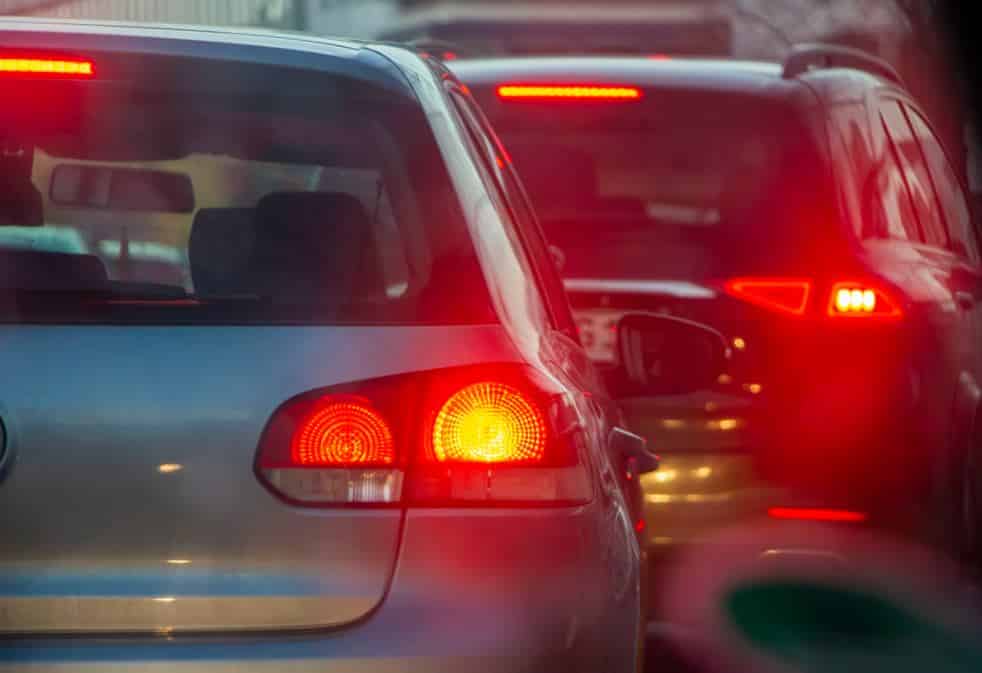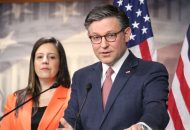Transportation Dept. Announces Plan to Make Streets and Highways Safer

WASHINGTON — The U.S. Department of Transportation late last week announced its plan for a National Roadway Safety Strategy.
Its goal is to dramatically decrease traffic accidents and fatalities.
It was prompted partly by the COVID-19 pandemic. Traffic statistics from last year suggest more people are telecommuting but others who continue driving are more likely to speed.
The result is a sharp increase in fatalities, according to the National Highway Traffic Safety Administration.
Traffic fatalities during the first half of 2021 rose 18.4% compared with the first half of 2020, NHTSA reported. The estimated 20,160 fatalities in the first half of 2021 were the most since 2006.
The strategy announced by Transportation Secretary Pete Buttigieg calls for new technology and infrastructure, such as automatic braking and redesigned roadways.
“We cannot tolerate the continuing crisis of roadway deaths in America,” Buttigieg said in a statement. “These deaths are preventable, and that’s why we’re launching the National Roadway Safety Strategy today — a bold, comprehensive plan, with significant new funding from President Biden’s bipartisan infrastructure law.”
A guiding principle behind the strategy is that humans make mistakes, so automobile and highway systems must be designed with redundant safety systems to protect against them.
One part of the strategy envisions a closer collaboration among federal, state and local transportation agencies to update the traffic control equipment they use and to set speed limits.
In addition to a possible requirement of automatic emergency braking technology on vehicles, the Transportation Department is revising its New Car Assessment Program. The program rates manufacturers on the safety of the automobiles they sell.
Another part of the program dedicates $6 billion for street safety, $4 billion for highway safety and hundreds of millions for behavioral research into traffic hazards.
“Unfortunately, many roads are not designed to ensure safe travel at safe speeds for everyone, especially the most vulnerable road users,” Stephanie Pollack, the Federal Highway Administration’s deputy administrator, said in a statement.
Funding for the National Roadway Safety Strategy would come from the $1.2 trillion bipartisan infrastructure package President Joe Biden signed into law in November.
About $550 billion of the package would be spent on roads, bridges, electric car charging stations and zero-emission vehicle technology.
Other safety technology that could eventually qualify for funding includes autonomous vehicle systems that interact with cameras, radar and global positioning satellites to remotely control vehicles. In addition, manufacturers are improving driver safety alert systems that sound alarms when motorists’ eyes leave the roadway.
The calls to action from federal transportation officials are being echoed at the state level, where fatalities have increased markedly in the past two years.
In New Jersey, there were 690 people killed in traffic crashes in 2021, the highest rate since 2007. Pedestrian and cyclist death tolls also rose.
“While the state does engage in multiple efforts to improve road safety and reduce deaths and serious injuries of vulnerable road users, it’s time to acknowledge that what has been done so far is not working,” Janna Chernetz, deputy director of the New Jersey area’s Tri-State Transportation Campaign, said in a statement.
Ohio’s traffic deaths in 2021 increased to 1,360, up from 1,230 a year earlier. The 2021 traffic death toll was the highest for Ohio since 2002.
The Missouri State Highway Patrol reported similar figures with 1,013 traffic fatalities in 2021, the first time the toll topped 1,000 since 2006.
The U.S. Government Accountability Office tried to explain reasons for higher traffic fatalities in a report released last week.
“It’s not clear yet why there have been more fatalities on the road over the past two years. According to preliminary research by NHTSA, people who continued to drive during the pandemic may have engaged in riskier behavior including speeding, failure to wear seat belts, and driving under the influence of alcohol or other drugs,” the Government Accountability Office reported in a blog posting.
Tom can be reached at [email protected].

























